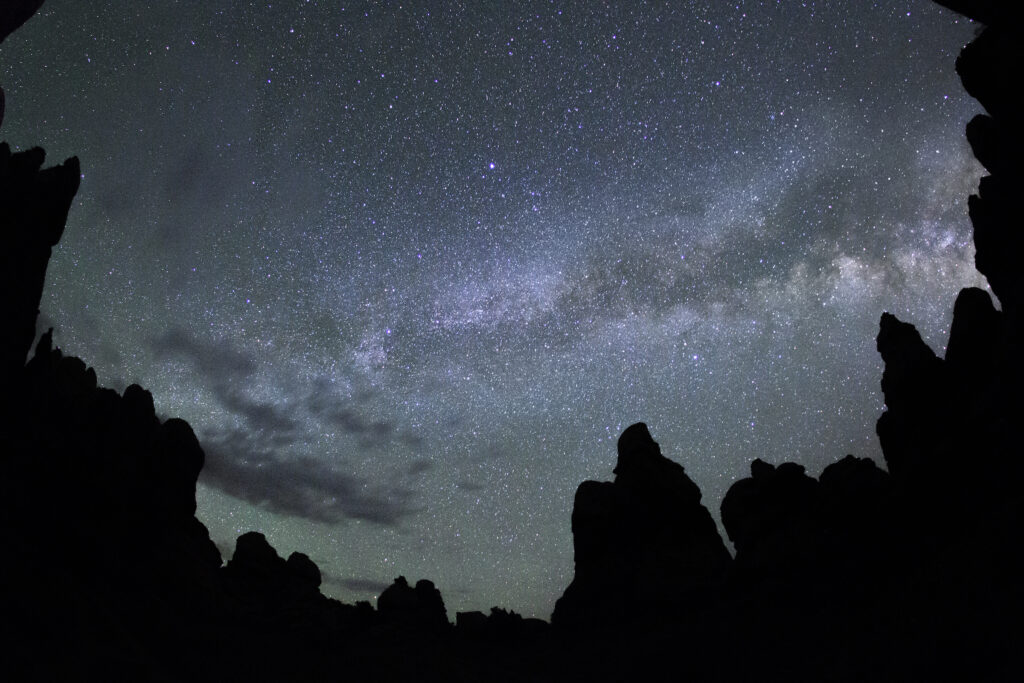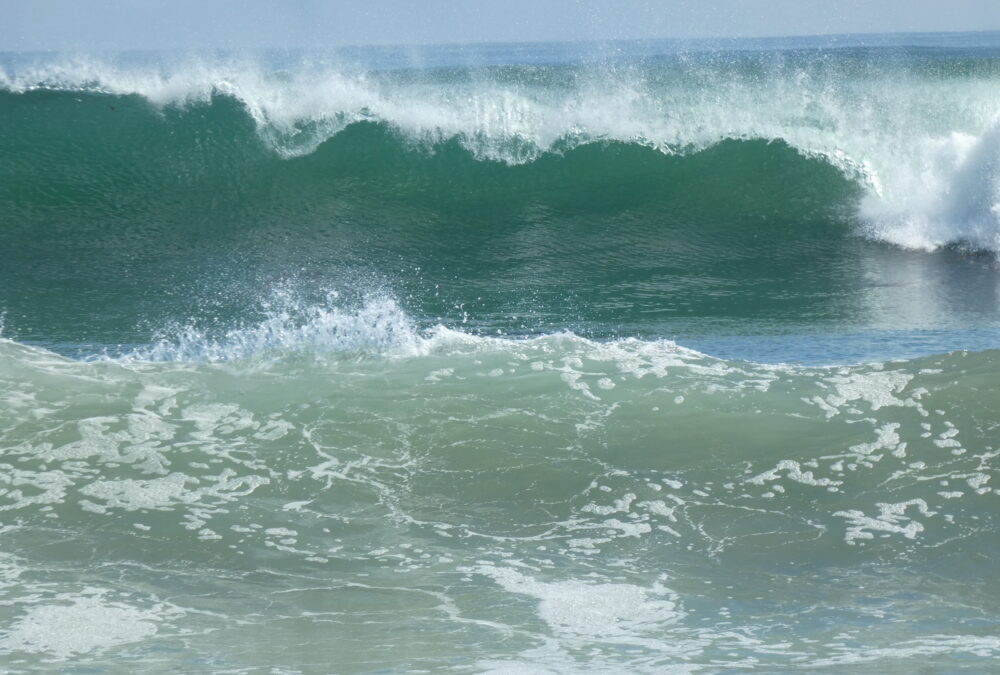Welcome to TNT’s quarterly Almanac. Our goal is to provide an easy-to-access guide to the seasons, featuring important natural events like the full and new moon, meteor showers and plant and animal life cycles. If you have a recommendation or suggestion for this section, please let us know: [email protected]
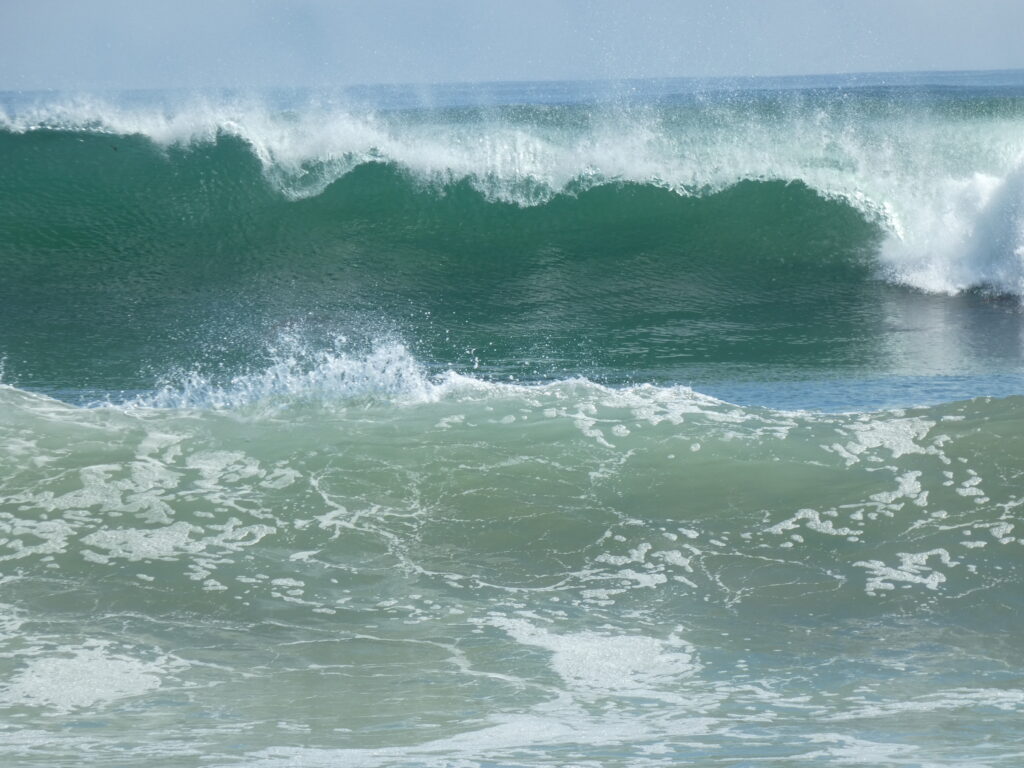
Summer in the Santa Monica Mountains is a season of contrasts: cool fog at the beach, scorching heat on the Valley side, with a temperature range that can vary by as much as 30 degrees during the same 20 minute car ride from one side of the hill to the other. On the coast, this is a season of dramatic big waves that originate in the Southern hemisphere, but also days when the ocean is as flat as a lake. On the Valley side of the mountains, hot days end in cool nights, and the light lingers on the mountaintops after the canyons are in shadow. The best time for any outdoor activity this time of year is early or late. Early morning walks take advantage of the marine layer, evening offers clear skies and the sea breeze.
Weather
La Niña, the weather pattern that inflicted the polar vortex on much of the country and dried up the West’s rain over the winter has finally dissipated, bringing warmer ocean temperatures and a return to neutral weather conditions, but it remains to be seen if the neutral state will persist and bring us normal rainfall this winter, or if the dry spell will continue even without La Niña’s malevolent influence.
While hot weather arrived throughout much of the West this week, the cooling influence of the marine layer is still in the forecast for the ocean side of the Santa Monica Mountains. Whatever the forecast, it’s probably a good idea to brace for a long, hot, busy summer in the mountains and on the coast.
Wildflowers
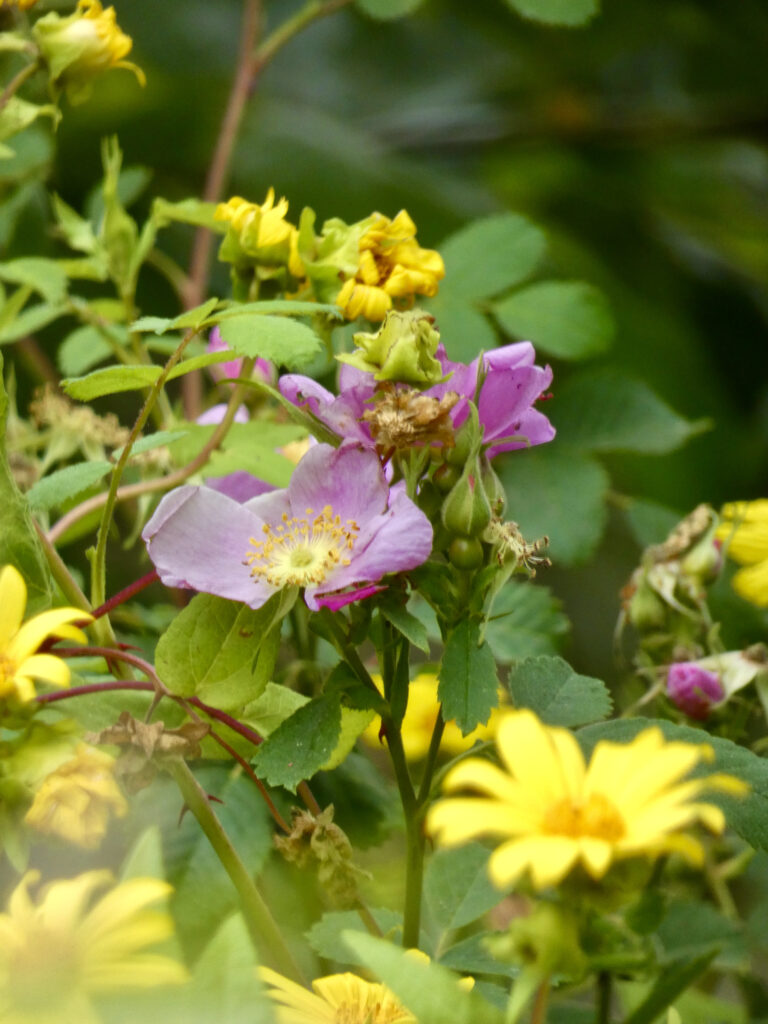
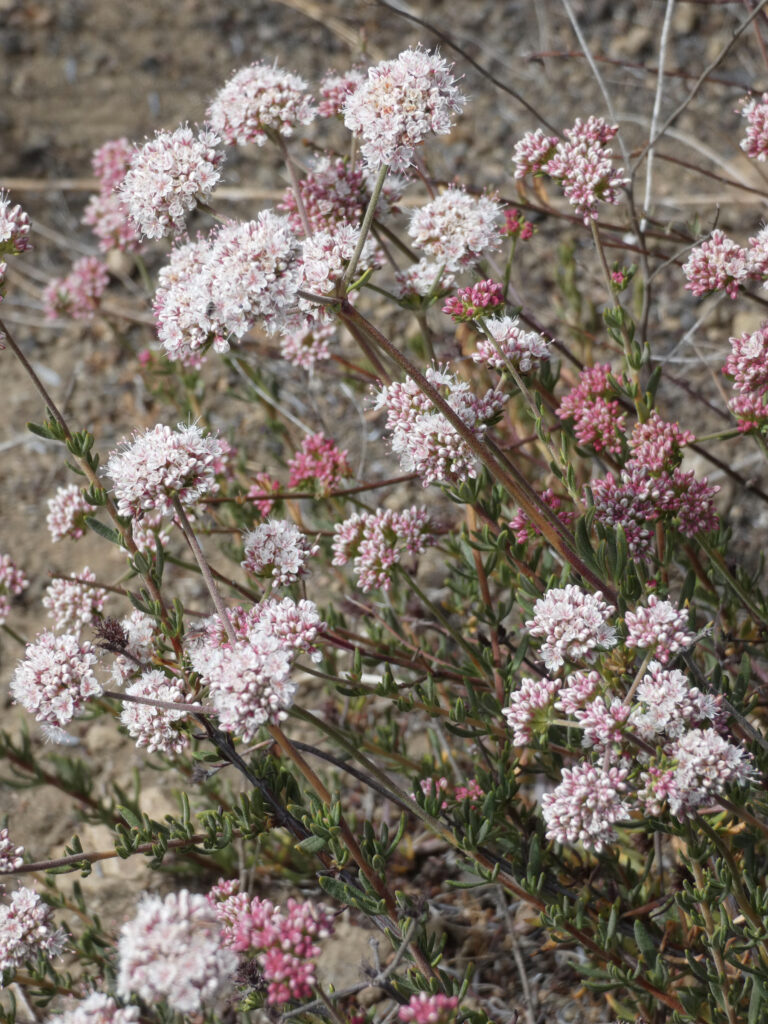
With the record-breaking lack of rain this year, summer wildflowers won’t be abundant, but there are a few hardy species that bloom despite the drought conditions. Buckwheat—cream and rose colored when blooming, rusty red as it goes to seed, is in full bloom throughout the chaparral, together with the tiny white flowers of chamise in the higher elevations. Tough, adaptable chaparral yucca is the showiest of the summer flowers, its tall spikes of white blossoms are known as the Lord’s candle.
Look for slender sunflowers—the taller, more elegant cousins of the bush sunflowers that blossomed earlier in the spring. Gum plant, a tough and adaptable yellow flower that produces a sticky resin that helps keep moisture in and predators out, also thrives even in dry years. Naive narrow-leaved milkweed also appears to defy plant convention, blooming in open fields where even the non-native mustard has failed to thrive this year.
Look for California wild roses near creeks and in deep canyons, where you might also find creek monkey flower blooming, or the rare, incandescently beautiful Humboldt lily. By August, the brilliant scarlet and orange flowers of California fuschia will bring a welcome flash of color to the creekside.
Wildlife
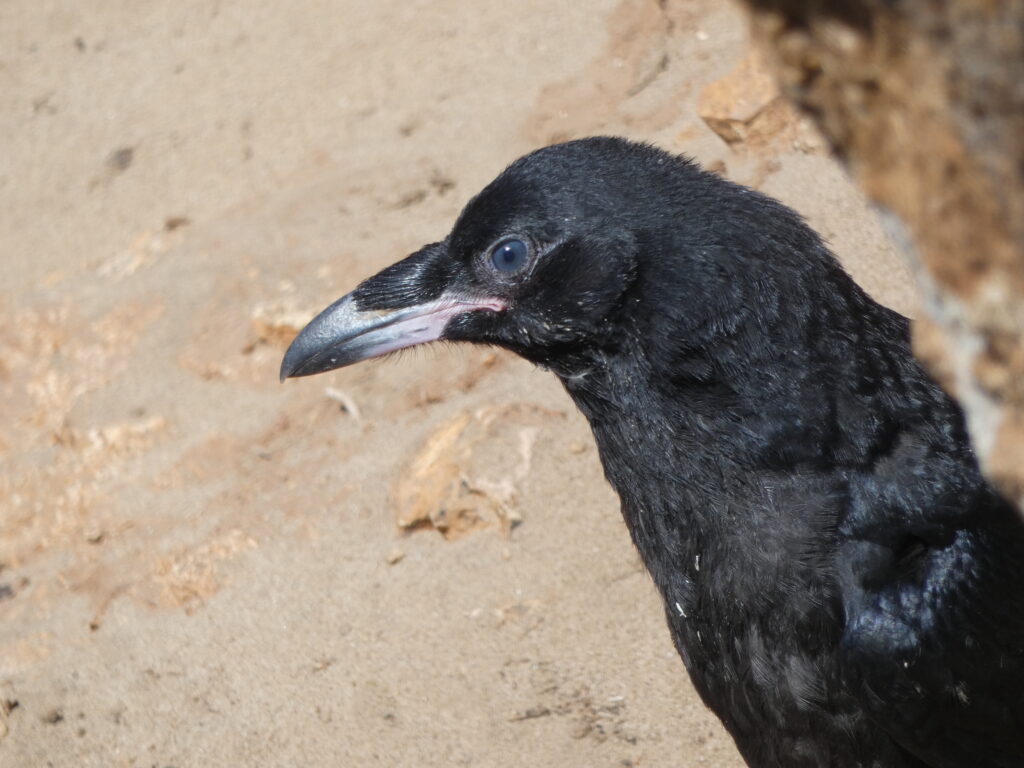

The spring migration is over and the first generation of spring birds has hatched. Some species, like mourning doves and house finches, may already be getting ready to raise a second brood. Others, including owls, hawks, crows and ravens, raise only one family a year and stay with their fledgelings all summer, teaching them life skills.
Young coyotes, bobcats, foxes and mountain lions also stay with their parents all summer, and they, too, are beginning to venture forth. Animal parents are kept busy feeding rapacious appetites. It’s a good idea to keep cats indoors away from the temptation of distracted animal parents, inexperienced young birds and animals and safe from the unwanted attention of hungry predators like coyotes and owls. Topanga residents near the Palisades fire burn scar may find they have an unusually high number of wildlife visitors, as animals displaced by the fire.
This is peak snake season, and reptiles often seek the warmth of concrete or asphalt driveways and walkways in the evening so they can thermoregulate and remain active longer. It’s a good idea to watch where you step at night, not just on the trail but around the house and garden. This is also the season for scorpions. Inspect and shake out anything left outdoors—clothes, shoes, wetsuits, and outdoor furniture cushions—to avoid misunderstandings. None of our local scorpions are dangerous, but they can still deliver a painful sting.
Summer full and new moon nights are the time to look for grunion on local beaches. This small silvery fish swims ashore during the highest night tides to lay their eggs in the sand. The eggs remain under the beach sand until the next high tide, when the eggs hatch and the larval fish are carried back into the ocean.
The first grunion run of summer is June 24, from around 9:25 pm to 11:25 p.m. The most accessible beaches to watch for this phenomenon are Topanga State Beach and Surfrider. A generation ago, thousands of grunion might appear on any given night. Today, the patient watcher may be rewarded with the sight of a few dozen.
Grunion can be caught by hand, and in the past this fish has been a popular seasonal menu item. There are so few grunion now—at least on local beaches—that watching them rather than catching them is a better option. The fish need darkness to spawn, so flashlights and flash photography should be avoided.
One may look for years and never have the good luck to see a grunion run, but the phenomenon attracts more than just human fishers and observers. Look for birds like terns and egrets taking advantage of the annual spawning event.
Late summer brings an influx of rays and small sharks like dogfish, guitarfish and leopard sharks close to shore, in pursuit of sand crabs in the shallow water, and all summer long one can catch a glimpse of common bottle-nosed dolphins and California sea lions offshore.
The gray whale migration has ended, but a summer whale watching cruise out of Marina del Rey or Ventura can offer an opportunity to see giant humpback and blue whales feeding on summer plankton in the deep water between the mainland and the Channel Islands.
Astronomical Phenomenon
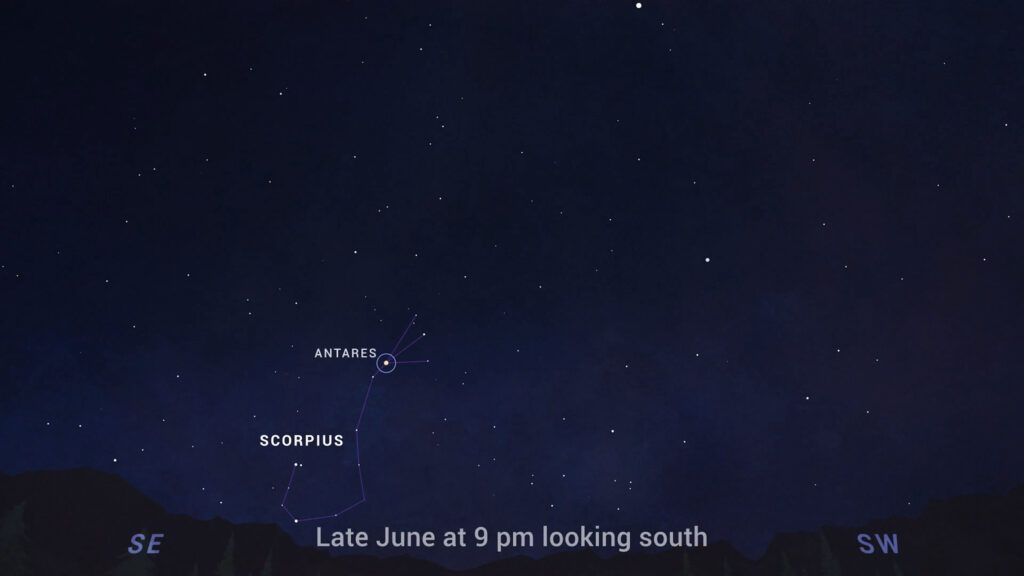
Thanks to the way the bulk of the mountains block much of the light pollution from LA, parts of Topanga have some of the darkest night skies in Los Angeles County. Summer in the Santa Monica Mountains brings stargazers pleasures like the Persied meteor shower and even a look at the Milky Way on the darkest nights, but only when the marine layer isn’t in the way. The constellation Scorpius, with its vivid red heart star Antarres, returns to dominate the summer sky this month. Jupiter and Saturn will also shine bright this summer, and this is a rare season with four full moons instead of the usual three, offering more nights for moonlight walks or lingering late in moonlit gardens.
June 21. The Summer Solstice occurs at 8:31 p.m. on June 21, the longest day of the year in the Northern hemisphere. That’s the moment when the Sun reaches its northernmost position in the sky, and the official start of summer.
June 24. The June full moon is known as the Strawberry moon, and this year, the first summer full moon will be a super moon, potentially appearing slightly larger than normal when it rises at 8:35 p.m. For the best photo op, try looking for the moon on June 23 instead, when it rises at 7:36 p.m. The minus low tides associated with a super moon will be too early in the morning for beach walks. The high tides—peaking on the night of June 24 at 10:13 p.m. at 7.1 feet could spell trouble for beachfront homeowners, especially if the high tide coincides with big surf.
July 4 . Mercury at Greatest Western Elongation. Tiny, fast-moving Mercury reaches its greatest western elongation of the year—21.6 degrees from the Sun. That means this elusive planet will be at its highest point above the horizon. Topangans with a clear view of the Eastern sky may catch a glimpse of Mercury near the horizon just before sunrise.
July 10. New Moon. Summer new moons are the best time of the year to observe objects like galaxies, star clusters, the Milky Way, and even passing satellites, because there is no moonlight to interfere.
July 24. Full Moon. The July full moon is traditionally known as the Buck Moon, the Thunder Moon, and the Hay Moon.
July 28, 29 – Delta Aquarids Meteor Shower. The waning full moon will make it hard to catch the Delta Aquarids this year, but this meteor shower, created as the Earth passes through debris from the Comet 96P Machholz, may still generate some bright “shooting stars.” The best time to look is after midnight on the morning of July 29. The meteors appear to radiate from the constellation Aquarius—hence the name—but can appear anywhere in the sky.
August 2—Saturn at Opposition. The ringed planet will be at its closest approach to Earth and appear brighter than any other time of the year and it will be visible all night long.
August 8. New Moon.
August 12, 13. Perseids Meteor Shower. This year, the Perseids peak right after the new moon, promising good viewing conditions—weather permitting. This can be one of the best meteor showers of the year, generating up to 60 meteors per hour, including the occasional bolide—exceptionally bright meteors sometimes called fire balls. The Persieds are produced from the dust of comet Swift-Tuttle, Earth begins to move through the debris field on July 17 and doesn’t exit until August 24, but the shower peaks on the night of August 12. The best way to watch is on a comfy lawn chair or yoga mat on a deck or backyard with a clear view of the northern sky. The meteors appear to radiate from the rather dim constellation Perseus, but can appear anywhere in the sky. Peak viewing is after midnight on August 13, but any time after sunset could offer an opportunity to catch a shooting star.
August 19. Jupiter at Opposition. Jupiter will be at its closest approach to Earth on August 19. This is the brightest our gas giant neighbor will appear, and the planet is high enough above the horizon that it will be visible all night.. Jupiter’s four biggest moons can be viewed through binoculars.
August 22 . Full Moon. The August full moon is traditionally known as the Green Corn Moon.
September 7. New Moon.
September 20. Full Moon. The Harvest Moon is the full moon that occurs nearest to the Autumn Equinox each year. This year, it falls on the summer side of the equinox, giving summer four full moons instead of three.
Here’s to summer pleasures in the Santa Monica Mountains: dark skies filled with stars and the eerie ululation of coyote song; cool mornings swathed in fog; hot afternoons that smell of sagebrush and sumac and dust; the perfect weather for beach days and backyard BBQs. We’ll be glad when the parrot family in the neighbor’s eucalyptus tree has fledged and no longer wakes us at 5 am with their discussions about breakfast, but we will miss their company and the flash of their green and red feathers in the sky. Summer, whatever it brings, is fleeting and beautiful.
